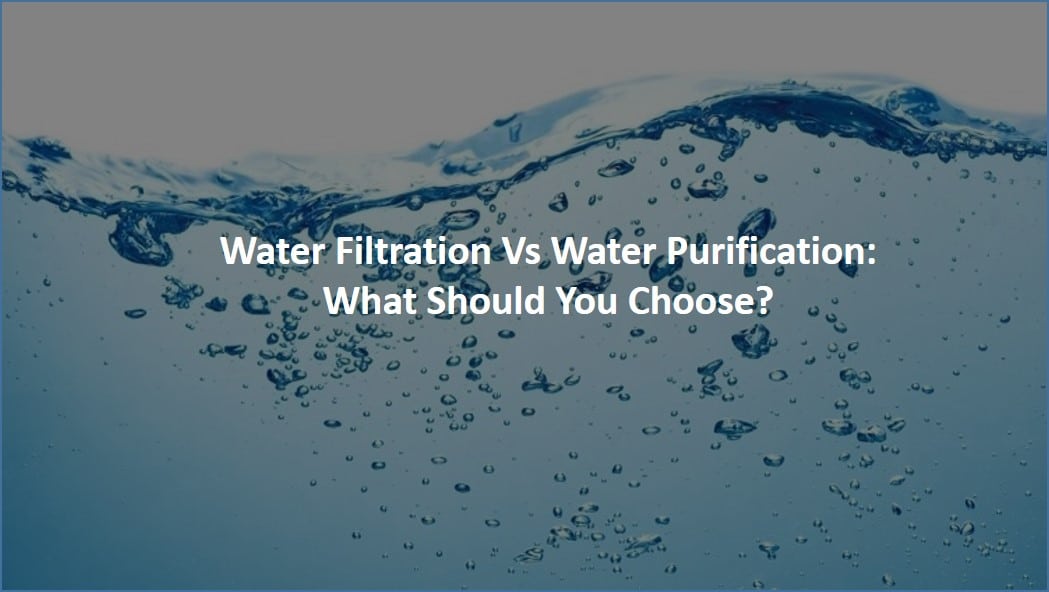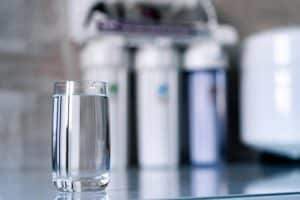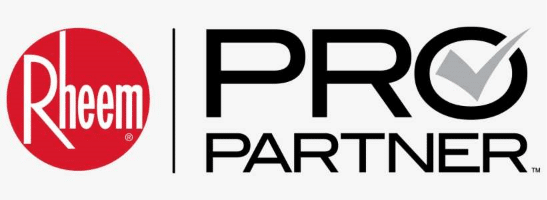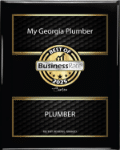
Is Water Filtration the Same as Purification? Let’s Clear Things Up
When you start digging into ways to improve your home’s water, you’ll probably run into two big words right off the bat: filtration and purification. And at first glance, they might seem like two ways to say the same thing.
They’re not.
Let’s walk through what makes them different, when you might need one over the other, and how to choose the right setup for your home.
So Why Treat Tap Water at All?
Good question. Most of us assume that if water comes out of the tap, it’s fine. And technically, it usually meets basic safety standards. But that doesn’t mean it’s great.
Here’s what might be coming through your pipes:
-
Chlorine or chloramines (used to disinfect water)
-
Rust and sediment from old plumbing
-
Trace metals or chemical byproducts
-
Unpleasant taste or smell
If your water tastes off, smells a little funky, or leaves buildup in your shower, those are signs it might be time to look into water treatment.
What a Water Filter Actually Does
Water filters are designed to catch and remove stuff you don’t want—like particles, chlorine, or certain metals—using a physical or chemical barrier.
There are a few types of filters, but most of them fall into one of these categories:
-
Activated carbon: Great for improving taste and removing chlorine
-
Ceramic filters: Good for catching sediment and some bacteria
-
Ultrafiltration: Targets smaller contaminants, but still keeps minerals in your water
-
Reverse osmosis (RO): Removes most contaminants, but we’ll get to that more in a second
You’ll usually see filters installed in a few places:
-
Whole-house systems: These filter all water coming into your home
-
Under-the-sink units: Just for drinking water or cooking
-
Showerhead filters: Mainly to reduce chlorine for healthier skin and hair
If your water looks fine but smells weird or leaves spots on your fixtures, a filter might be all you need.
How a Purifier Goes a Step Further
A water purifier does more than just catch stuff—it eliminates it, often targeting microscopic organisms and trace contaminants that filters miss.
Here are a few ways purification works:
-
Reverse osmosis (RO): Uses a super-fine membrane to strip almost everything out of the water—including some of the good minerals, which is why some systems add those back in
-
UV purification: Uses ultraviolet light to kill bacteria, viruses, and parasites
-
Distillation: Boils the water, then re-condenses the steam—very pure, but not super practical for everyday use
-
Ion exchange or KDF filters: Use chemical reactions to neutralize certain metals and contaminants
If your water comes from a well, or you’re worried about germs or chemicals, a purifier might make more sense than a filter alone.
So What Should You Use?
There’s no one-size-fits-all answer—but here’s a quick way to think about it:
-
Use a filter if your main concern is taste, smell, or visible sediment
-
Use a purifier if you’re on well water, worried about bacteria or viruses, or just want the cleanest possible water
-
Use both if you want peace of mind and full protection
Still not sure? You’re not alone. A water test is the best way to find out exactly what’s in your water—and what you need to take out.
Let’s Make It Simple
At My Georgia Plumber, we help homeowners figure out the right water solution every day. Whether you’re just curious about filters or ready for a full-on purification system, we can test your water and explain your options without the jargon.
Give us a call at 770-592-0081 and let’s talk through it.
Because when it comes to the water your family drinks, it’s worth getting it right.












